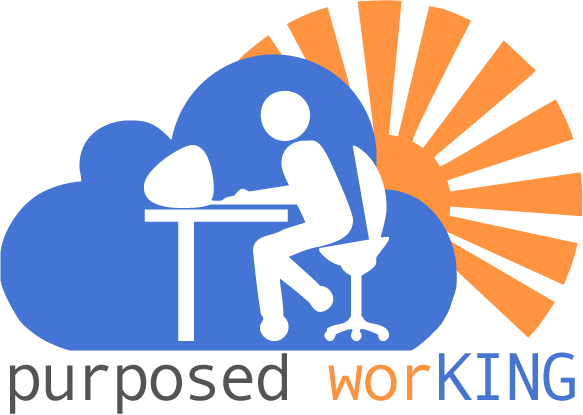“Peace I leave you; my peace I give to you, not as the world gives, give I unto you. Let not your heart be troubled and do not be afraid.”
When we are going into a business presentation we will bring with us our presentation, which we hope covers enough to get the point across but not go into so much depth that we lose the audience. To ensure that, what we will do many times is have some “leave behinds” that the audience can intake later that may answer the questions that didn’t come up, or where there wasn’t enough time to cover in the presentation. The leave behind material may also have more statistics and data to support the argument or create confidence that what the presenter was saying can be substantiated or believed. While we call them “leave behinds”, they are actually very important documents that could make the difference on someones thinking later when no one else is around. What we always want to do with those materials is to anticipate and ensure that we think through how someone might feel after the presentation so that we can address those open questions or issues in a way that keeps them feeling as comfortable and agreeable as we wanted them to be in the actual presentation time.
Jesus gave us the ultimate “leave behind” material. Along with the opportunity for everlasting life, he left us peace and a reason for us to be confident, not troubled and not afraid about what work, life, and the world may bring. There are a lot of follow on questions in our world right now. In our businesses we don’t know what will come next; whether we will see another recession, whether the financial markets will recover, what will happen with consumer confidence, etc. We just don’t know and when we are given plans, actions, or initiatives that we are told should work, we just aren’t always quite sure. We need to have the leave behind materials to go check. In our lives, that is God’s Word and God’s promises to us. We are told by Jesus directly to not let our hearts be troubled and do not be afraid. With that kind of “leave behind”, we shouldn’t need anything else to be reassured.
Reference: John 14:27
